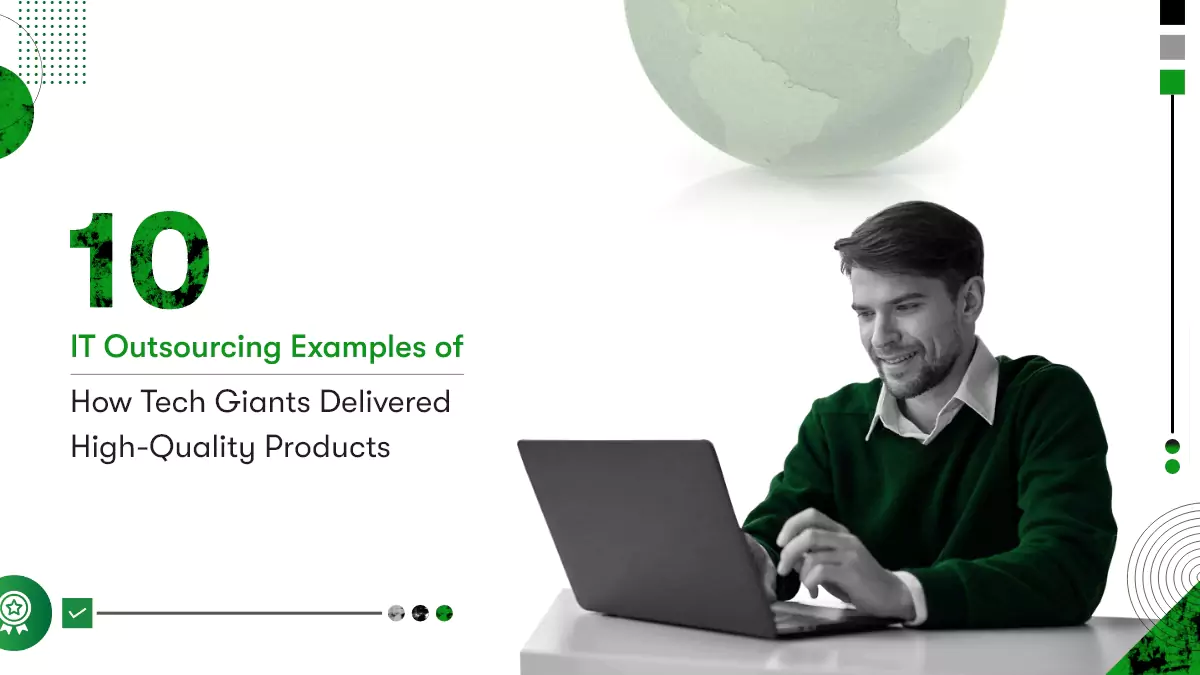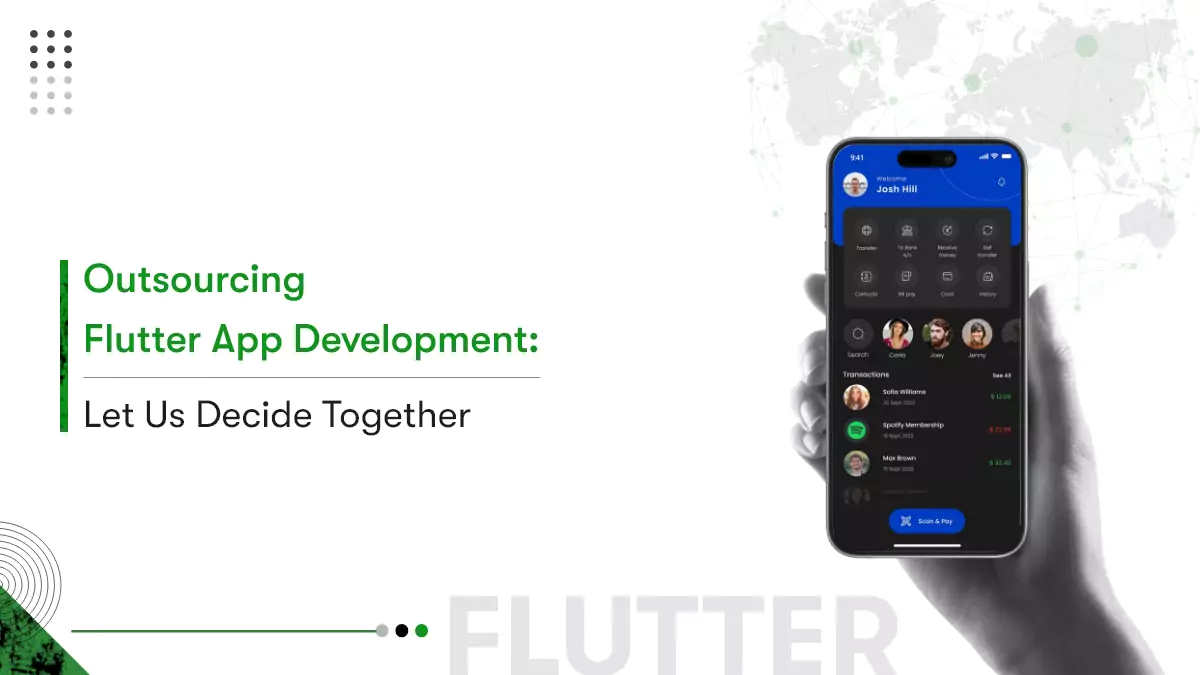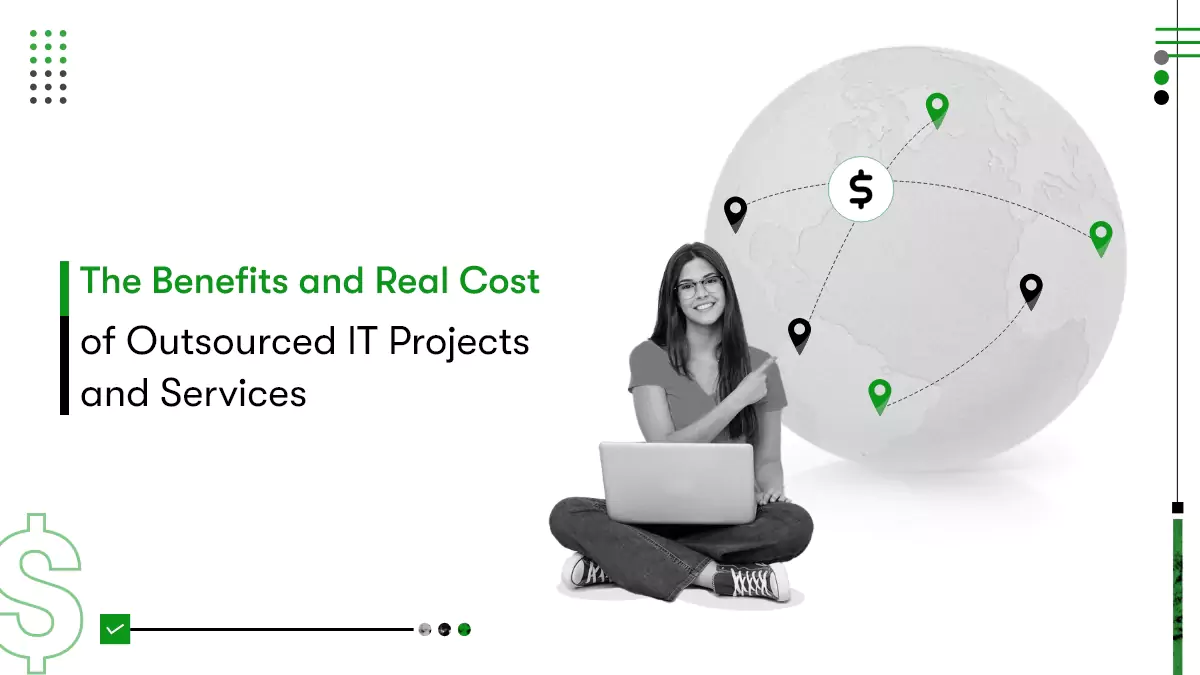Do you want to commercialize your research discovery via startup? If so, you are in the right spot. Moving your ideas from lab to market to maximize impact requires going through the technology transfer process. The process goes from submitting and evaluating your invention disclosure, patent application, market assessment, licensing of patents, and commercialization.
Why Is Technology Commercialization Critical?
On a freezing and wet winter day in 1903, Mary Elizabeth Anderson was riding a streetcar on a visit to New York City. She noticed the driver could hardly see through the windshield and had to stop to clean it now and then. Anderson began to sketch a wiper device that could be controlled from inside the car to clear the windshield right there on the streetcar.
After a few iterations, she created a feasible prototype and received a patent in 1904 for her “Window Cleaning Device.” She tried to sell her invention to a Canadian Manufacturing firm, but they didn’t find any practical value worth investing in. Unfortunately, she couldn’t attract any investors and reap any benefits from her invention except the credit after her windshield wiper became standard equipment on automobiles.
All’s well that ends well, right? But think if she could prove to her investors that her invention was worth it. Who knows, her company would have been manufacturing wipers for hundreds of automobile companies today. That’s why technology commercialization is crucial for scientists and entrepreneurs to maximize their market impact.
Running out of ideas? Check out Top Mobile App Ideas here!
How Do You Carry Out Technology Commercialization?
Technology transfer diffuses your invention idea into the corporate world. Technology Transfer Institutions help you find stakeholders required to lift your invention from the lab and reach the market. Surprisingly, technology commercialization or transfer underline the most prosperous companies in the world—For example,
Google’s PageRank search algorithm, E-Ink’s “electronic paper,” Mobileye’s autonomous driving technology, RSA’s cryptography algorithm, Genentech’s recombinant growth hormone— and many more were discovered by academic scientists at universities who then commercialized them via startup formation.
Consequently, more academic researchers are focusing on effectively commercializing science, highlighting university-industry collaborations, technology-commercialization activities, and academic entrepreneurship. Besides, the U.S. federal governments’ Small Business Innovation Research (SBIR) and Small Business Technology Transfer (STTR) programs facilitate early-stage funding to researchers. The programs support research potential for commercialization to validate the scientific idea through publication in journals and patents.
For non-academic inventors, there are startup accelerators, providing legal services for startups to file patent applications and start companies. Y Combinator, 500 Startups, Techstars, MassChallenge, are a few accelerators, to name that work with startups. They help you with idea validation through proof of concept, outreach to potential customers for practice and feedback, deal with investors, etc.
We assume that you probably want to have or have a startup idea based on your research findings. Let us understand how to take a concept from your research and turn it into a commercial entity. The guide to maximizing your idea to market impact breaks it down into the below steps for better understanding.
Read-also—> how to make an app from scratch.
Lab To Market Science And Technology
Spot The Opportunity
You have an idea out of your academic or lab research, and now you want to translate it into the market. Now how will you find a good opportunity for its commercialization? Research commercialization is nothing but a technology push that aims to link the technology to market needs.
Multiple applications may be possible for many technologies, making it overwhelming to narrow down the befitting to start a company. However, most investors don’t want to know how technology solves every problem but how it will solve a specific problem. And how you find the straight path between you and the marketplace so your startup can start generating revenue.
Here are iterative steps to define limited technology applications to start the company and convey a concise message to stakeholders.
- Start with defining the potential application areas for the technology
- Examine all of them, remove all except for the most compelling options
- Identify which is the most likely path forward for the time being
Protect Your Intellectual Property
The idea you create from your research findings is considered Intellectual Property (IP): an intangible asset capable of having real-world value. This is where Technology Transfer Office (TTO) and other equivalent organizations come into the picture. They support and protect the idea with a patent attorney to let you begin to exploit it commercially.
The patent protects your intellectual property, granting you the right to deny other commercial exploitation of your idea or invention. However, the patent is your right to stop others, but you can sell the right to your vision to someone else if you want. You can commercially leverage a patent in one of two ways:
- Licensing it to a third party in exchange for some benefit
- Providing a monopoly right to a company to sell the invention
Strategize A Commercialization Plan
To hit the market hard, you need a full-proof business plan. Considering different aspects and creating a plan to start a financially stable business requires time. Plus, it’s said initial business plans barely survive the first marketplace contact. However, when you lack the expertise in-house, there’s no wrong to outsource the business plan to a consultant. With a startup geek, you can build the commercial reasoning and certainty required to persuade others.
The consultant may also help you with market research, start-up development, industry/investor relationship development, and financial resources to create proof-of-concept and prototypes, data collection, and various early-stage business development.
Parting words
Nowadays, the best innovations in the scientific and industrial areas— from pharmaceuticals and medical equipment to alternative energy solutions, computing, artificial intelligence, robotics, agriculture, aerospace, environmental improvements, etc.—start as a discovery in a lab (aka a hub or accelerators). Startups with knowledge of turning a potential discovery into a viable product achieve remarkable competitive advantage.
The agile startup method enables entrepreneurs to construct innovative ideas either to disrupt or strategically complement the company. Research institutions are establishing tech transfer operations, and accelerators are also emerging worldwide to support launching high-growth businesses. Evidently, it’s high time to move your idea forward.
On that note, we would like to advise a few creative ideas to maximize your marketing impact after launch:
- Nurture and focus on first-party relationships
- Increase customer retention
- Start selling on social
- Grow communities
- Build trust
- Automate what you can
- Embrace B2B2C













 Contact Information
Contact Information